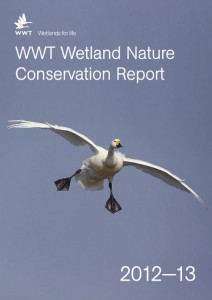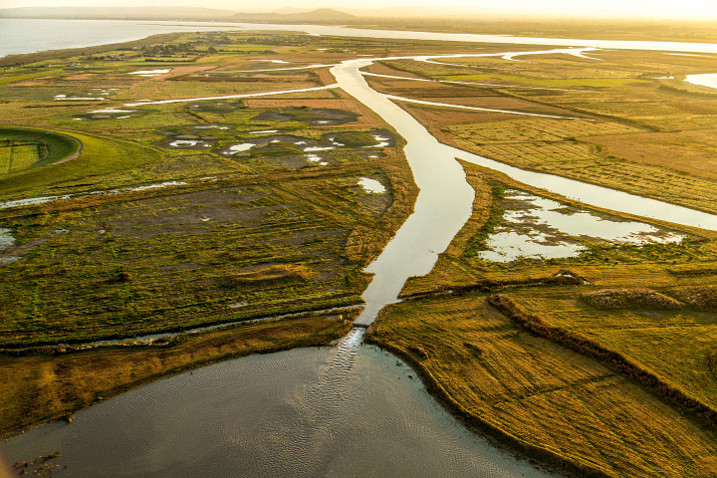Conservation report published: working together for a positive future

 We work together for a positive future, is the message of the biennial WWT conservation report, published today.
We work together for a positive future, is the message of the biennial WWT conservation report, published today.
The report showcases 32 of WWT’s conservation projects in the UK and around the world to create and protect wetlands, save their wildlife and benefit the people that rely on them. They include programmes to save critically endangered species like the Madagascar pochard, and work at WWT’s nine Wetland Centres across the UK to bring more than 50,000 schoolchildren and nearly a million visitors a year closer to nature.
Working with those outside conservation and across political borders stand out as key themes.
Six programmes are dedicated to getting the best out of our wetland habitats. That means making the wetlands work for people as well as wildlife, producing food, supplying drinking water and buffering us from floods. This has led WWT to working alongside engineers, farmers, school teachers and local community groups amongst others.
Another five programmes contribute to conserving the East Asian-Australasian Flyway along the Pacific seaboard, which spans 22 countries and supports some of the world’s densest human populations and over 50 million migratory waterbirds including the charismatic spoon-billed sandpiper. It is just one example of why WWT has to work internationally in order to save wetlands.
WWT Director of Conservation Debbie Pain said:
“WWT owes a great deal to our incredible supporters and partners. Every single one is providing the financial backing or the on-the-ground knowledge needed to save wetlands. We couldn't do it without you.
“This report highlights some of our proudest moments and credits those that have made them possible, but every single person who has visited a WWT Wetland Centre and fed the birds or had a cup of tea should also feel that they have also helped make this possible.”
